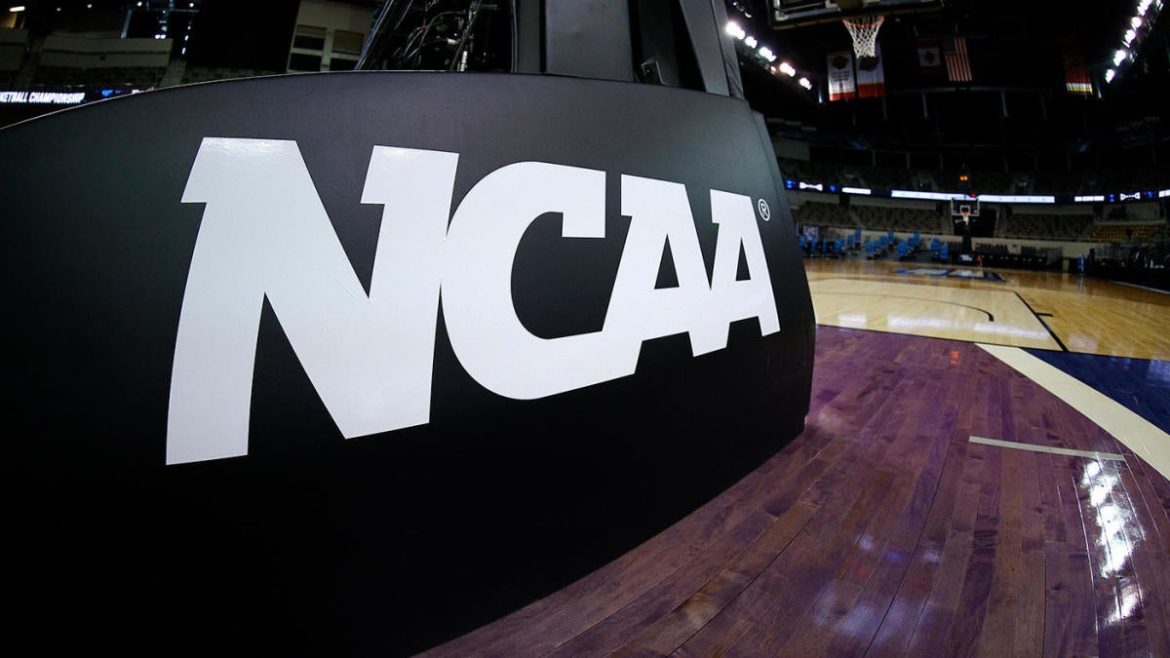Navigating the New Frontier: The House v. NCAA Settlement and Its Impact on College Sports
The recent settlement in the landmark House v. NCAA case signals a seismic shift in the collegiate sports landscape, long dominated by an ethos of amateurism and restricted athlete compensation. This settlement, resolving three major antitrust cases—House v. NCAA, Hubbard v. NCAA, and Carter v. NCAA—ushers in an era where student-athletes will experience unprecedented financial opportunities, fundamentally altering college sports’ structure. However, while this legal resolution closes certain chapters, it opens a book infused with complex new dynamics and challenges.
The Landmark Settlement: What Changed?
At its core, the settlement dismantles the NCAA’s century-old stance on amateurism, permitting direct payment to players and inaugurating a fresh revenue-sharing model:
– Direct Athlete Compensation: Beginning in the fall following the settlement’s approval, colleges can pay athletes directly, with a salary cap set at $20.5 million—an enormous departure from previous NCAA policies that prohibited such payments.
– Revenue Sharing Model: A new decade-spanning framework redistributes athletic revenues among schools, aiming to create a more equitable financial ecosystem within college sports.
– Regulated NIL Deals: While the NCAA legalized Name, Image, and Likeness (NIL) compensation several years back, this settlement adds layers of regulation, auditing deals to ensure fairness and aiming to reduce the chaos that characterized the immediate post-NIL period.
These changes come after nearly five years of litigation that challenged the NCAA’s control over athlete earnings and competitive balance, marking a profound recalibration of power and economics in college athletics.
The Stakes Beneath the Surface: More Than Just Money
This evolution is not merely transactional; it redefines the cultural fabric of collegiate sports. Historically, amateurism was a central ethos, underpinning both the NCAA’s identity and public perception. The House settlement strips away this foundation, sparking diverse reactions:
– Opportunity vs. Chaos: While offering athletes long-overdue earning potential, the settlement introduces new complexities in managing compensation, compliance, and fairness across different universities and sports.
– Collective Bargaining Potential: Judge Wilken’s comments highlight a potentially better path for long-term resolution—collective bargaining between athletes and institutions—though this was outside the House case’s purview. This comment signals ongoing discussions about the future governance of college sports.
– Balance of Power: Power dynamics may shift as athletes gain financial leverage, potentially disrupting traditional coach and administrator roles, recruitment strategies, and conference alignments.
Challenges on the Horizon: Preparing for New Types of Chaos
Though the settlement quells certain legal disputes, stakeholders must brace for fresh challenges:
– Compliance and Oversight: With a formal salary cap and detailed NIL regulations, schools must establish robust systems to monitor contracts, payments, and endorsements, calling for significant administrative overhaul.
– Competitive Disparities: Wealthier programs may exploit their resources to attract top talent through lucrative compensation packages, risking further competitive imbalance that the NCAA often sought to mitigate.
– Legal and Ethical Complexities: As the boundaries between amateurism, professionalism, and commercial interests blur, new legal and ethical dilemmas will surface—ranging from agent involvement to academic integrity concerns.
– Student-Athlete Experience: While financial benefits increase, the pressures on athletes may intensify, juggling commerce, public scrutiny, and academic commitments.
What This Means for Key Stakeholders
– Athletes: For players, especially those in revenue-generating sports, this is a watershed moment providing unprecedented earning potential. However, they must also navigate compliance rules and potential inequalities across institutions.
– Universities and Conferences: Schools face the dual task of capitalizing on this new model and managing its risks. They must rethink budgeting, recruiting, and compliance strategies in a fundamentally altered environment.
– Fans and Media: The settlement promises heightened competition and new narratives focused on athlete compensation, potentially increasing engagement but also raising debates about the nature of college sports.
– The NCAA: The association’s role shifts from strict rule enforcer to regulator and auditor, balancing athlete freedoms with institutional fairness.
Looking Ahead: A Transformative but Uncertain Era
The House v. NCAA settlement marks a bold departure from traditional collegiate sports archetypes, ushering in an era where financial realities confront deep-rooted ideals of amateurism. It sets groundwork for a more lucrative, regulated environment—but also invites a fresh set of challenges that will require careful navigation by all parties.
Future developments will likely revolve around how well institutions manage compliance, how equitably revenue is distributed, and whether conversations about collective bargaining evolve into a formalized structure. Above all, the voices and welfare of student-athletes will remain central to the ongoing transformation.
—
*The settlement does not spell an end but acts as an overture to a new symphony in college sports — one where opportunity, regulation, and complexity intertwine in unprecedented ways.*





